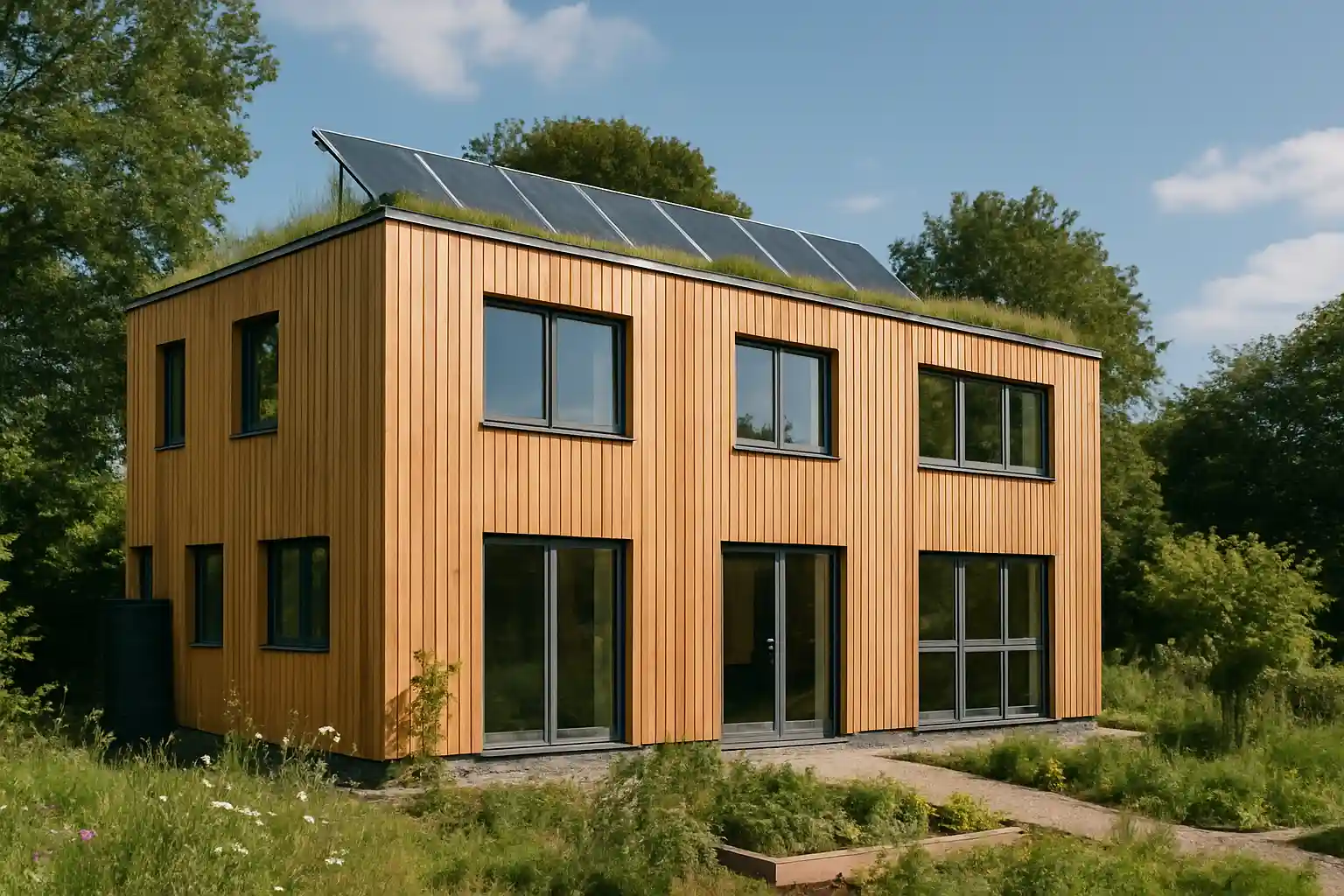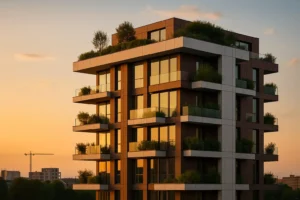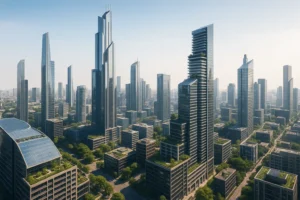
Top 10 Design Principles for Sustainable and Efficient Buildings
Introduction
In today’s fast-evolving architectural landscape, sustainability and efficiency are no longer optional—they’re essential. Modern buildings must not only be visually appealing but also reduce environmental impact, optimize energy use, and provide healthier spaces for occupants. Whether you are a property developer, architect, or homeowner, understanding and implementing the right design principles can make a dramatic difference in energy savings, operational costs, and long-term value. In this blog, we explore the top 10 design principles for sustainable and efficient buildings, giving practical insights, examples, and actionable strategies for creating buildings that stand the test of time.
1. Site Selection and Orientation
Choosing the right site is the foundation of sustainable design. Factors such as sunlight exposure, wind direction, and natural topography can dramatically influence energy use. Orienting a building to maximize natural light reduces the need for artificial lighting, while considering prevailing winds can enhance natural ventilation. Incorporating existing landscape features like trees and water bodies can further regulate temperatures, reduce runoff, and improve air quality.
2. Passive Design Strategies
Passive design leverages natural resources to maintain comfortable indoor conditions. Techniques include proper insulation, strategic window placement, and thermal mass materials that store and release heat. Passive solar design, for instance, allows sunlight to naturally heat interiors during winter while minimizing heat gain during summer. Shading devices, reflective surfaces, and ventilation paths are all crucial components of an effective passive design strategy.
3. Energy-Efficient Systems
Integrating energy-efficient systems, including HVAC, lighting, and water heating, can significantly reduce energy consumption. Opt for LED lighting, smart thermostats, and energy-star-rated appliances. Solar panels, wind turbines, or geothermal systems can supplement energy needs sustainably. Monitoring systems can track energy consumption in real-time, helping building managers identify inefficiencies and optimize operations.
4. Water Conservation
Sustainable buildings manage water carefully, reducing waste and promoting reuse. Low-flow faucets, dual-flush toilets, and rainwater harvesting systems are standard. Greywater recycling can provide non-potable water for irrigation or toilet flushing, decreasing the burden on municipal water supplies. Landscaping with native, drought-resistant plants further minimizes water consumption.
5. Sustainable Materials
Choosing environmentally responsible materials reduces the carbon footprint of a building. Look for materials that are recycled, locally sourced, non-toxic, and durable. Bamboo, reclaimed wood, recycled steel, and low-VOC paints are excellent options. Material selection should also consider the lifecycle impact—from production and installation to disposal or reuse.
6. Indoor Environmental Quality
Healthy indoor environments enhance occupant well-being and productivity. Prioritize natural ventilation, ample daylight, and air purification systems. Low-VOC paints and adhesives reduce indoor air pollution. Acoustic design, thermal comfort, and ergonomic layouts contribute to a building’s overall efficiency and occupant satisfaction.
7. Smart Building Technologies
Smart building technologies optimize building operations and reduce resource consumption. Automated lighting, temperature controls, and security systems improve comfort and efficiency. Integration with building management software allows predictive maintenance, energy monitoring, and adaptive responses to usage patterns. These technologies ensure the building operates at peak performance with minimal human intervention.
8. Waste Management
Efficient buildings plan for waste reduction during construction and operation. Construction waste can be minimized through careful material ordering and on-site recycling. Inside the building, provide segregated bins for recycling, composting, and general waste. Designing spaces for effective waste management encourages sustainable practices among occupants.
9. Resilience and Adaptability
Sustainable buildings must adapt to changing environmental conditions and user needs. Flexible layouts, modular designs, and durable construction materials allow buildings to evolve without requiring significant resources. Resilient design considers natural hazards like floods, storms, and earthquakes, ensuring safety while minimizing repair and replacement costs.
10. Community and Integration
Sustainable buildings don’t exist in isolation—they are part of a larger ecosystem. Designing with community, transport links, and public spaces in mind promotes social sustainability. Buildings that integrate well into their surroundings encourage pedestrian access, reduce car dependency, and enhance urban livability. Connecting with local infrastructure and services maximizes the building’s positive impact.
Conclusion
By applying these 10 principles, architects, developers, and homeowners can create buildings that are not only visually stunning but also environmentally responsible, energy-efficient, and future-ready. Sustainability is a long-term investment that pays dividends in operational cost savings, occupant satisfaction, and environmental impact.
If you’re ready to transform your building projects into sustainable and efficient masterpieces, contact BATIMOI BTP today. Our expert team specializes in designing and constructing environmentally responsible buildings tailored to your vision. Reach us via email: info@batimoibtp.com or visit our contact page here.


